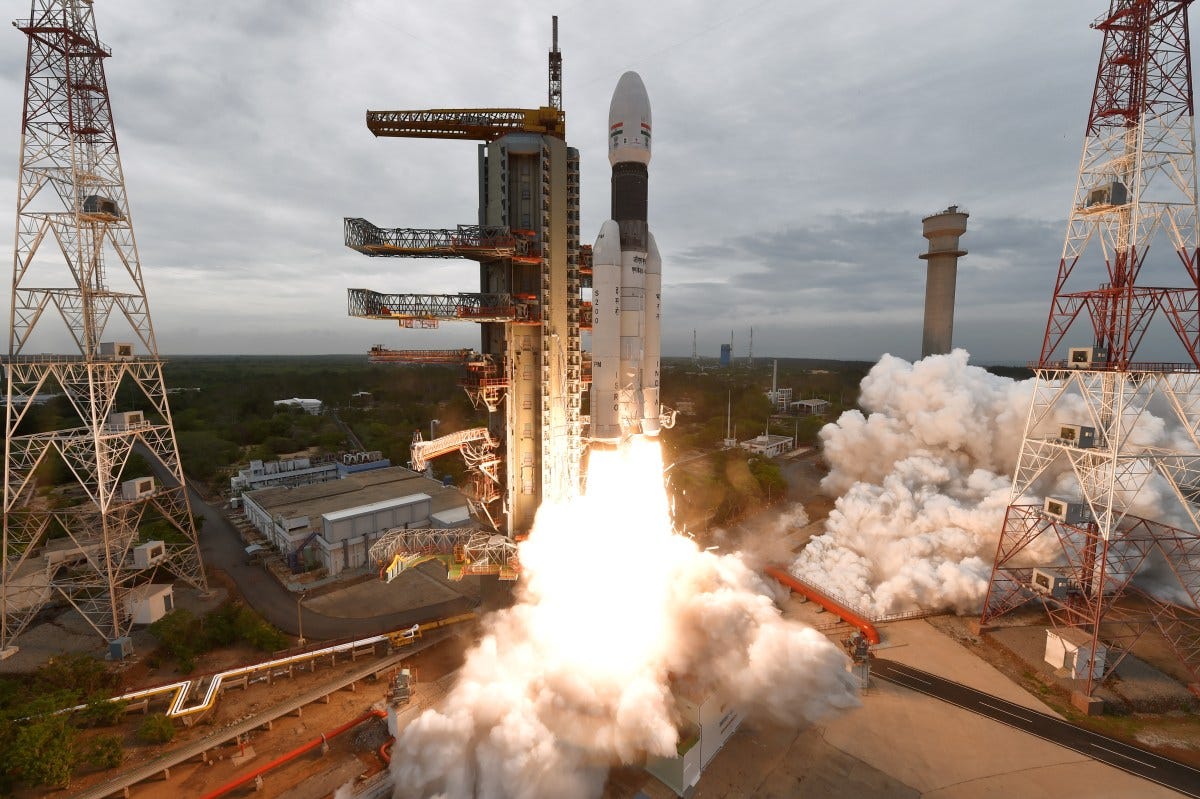India’s Shukrayaan orbiter to study Venus for over four years, launches in 2024
Shukrayaan will be the first mission to map Venus’ subsurface.

Edit in October 2024: I’ve written a new, much longer article on ISRO’s Venus Orbiter after India approved the mission so please read that instead of this older, now redundant page.
India’s space agency aims to launch its Venus orbiter Shukrayaan in late 2024, more than a year later than previously planned, an ISRO research scientist told a NASA-chartered planetary science planning committee Nov. 10.
Dr. T. Maria Antonita of ISRO detailed the status of the mission to scientists drafting a new 10-year plan for NASA’s planetary science program. Shukrayaan will be India’s first mission to Venus and will study the planet for more than four years.
ISRO was aiming for a mid-2023 launch when it released its call for instruments in 2018, but Antonita told the National Academies’ decadal survey planning committee last week that pandemic-related delays has pushed Shukrayaan’s target launch date to December 2024 with a mid-2026 backup date (optimal launch windows for reaching Venus occur roughly every 19 months).
Antonita said Shukrayaan is currently slated to launch on India’s GSLV Mk II rocket. However, she said the team is also evaluating the possible use of the more powerful GSLV Mk III rocket, as was the case with Chandrayaan 2, which would allow Shukrayaan to carry more instruments and/or more fuel. In its current configuration, the orbiter weighs about 2,500 kilograms. A launch vehicle decision, she said, is expected by the time ISRO freezes the mission’s configuration and final set of instruments in the next three to six months.

Shukrayaan is expected to take a few months to reach Venus, where it will enter a highly elliptical orbit of 500 x 60,000 kilometers around the planet. Over the following year, it will use aerobraking to lower its orbit to 200 x 600 kilometers. This polar orbit will be the final one used for scientific observations.
The mission’s primary science objectives are to map Venus’ surface and subsurface while studying the planet’s atmospheric chemistry and interaction with the solar wind.
Shukrayaan’s flagship instrument is an improved version of the rather excellent dual frequency synthetic aperture radar ISRO built for the Chandrayaan 2 orbiter currently around the Moon. Antonita said Shukrayaaan’s radar payload will have up to four times the resolution of NASA’s Magellan orbiter, a Venus mapper launched in 1989. Notably, Shukrayaan will also carry a ground penetrating radar, making it the first to map Venus’ subsurface. These observations would help scientists better understand Venus’ geology and evolution.
Roughly 100 kilograms of Shukrayaan’s 2.5-ton mass is set aside for scientific instruments, according to the call for instrument proposals ISRO issued two years ago soliciting payloads from India and abroad. The open call for instruments marks a return to the approach ISRO took with Chandrayaan 1, the lunar orbiter it launched in 2008 carrying six instruments from countries other than India. The 2013 Mangalyaan and 2019’s Chandrayaan 2 missions, in contrast, carry only indigenous instruments.
Of the proposals, 20 candidate instruments have been shortlisted but the session didn’t mention which ones. Antonita did say that Russia, France, Sweden and Germany will have instruments onboard. The French space agency CNES announced in September that the Venus Infrared Atmospheric Gases Linker, or VIRAL, instrument it codeveloped with Russia’s space agency will fly on Shukrayaan.
In addition to its flagship radar, Shukrayaan will also carry an instrument suite capable of spectroscopic observations in infrared, ultraviolet and submillimeter wavelengths to study Venus’ atmosphere, according to Antonita’s slides.
The detection of phosphine in Venus’ upper atmosphere got people excited about the prospects of life there, but then the result got disputed. Apparently it’s now being reclaimed as re-analysis using newly calibrated data shows a weaker-but-present phosphine signal. Meanwhile, there seems to be independent evidence that NASA’s Pioneer probe found phosphine during its atmospheric descent in 1978.
According to Antonita, the presence of phosphine and other biomarkers in Venus’ upper atmosphere could be confirmed using the orbiter’s Near Infrared Spectrometer. The instrument will also be used to detect and locate any active volcanism on Venus.
Only three spacecraft have orbited Venus in the past 30 years, but space agencies around the world are showing renewed interest in the second planet from the sun. It needs to be explored. NASA selected two Venus missions in 2020, VERITAS and DAVINCI, for further consideration for launch opportunities in 2025 and 2028. The European Space Agency is considering a Venus orbiter mission called EnVision that would launch by the 2030s. And Russia is working on a Venus orbiter and lander mission concept called Venera-D that would launch no earlier than 2023.
Originally published at SpaceNews.
→ Browse the Blog | About | Donate ♡
